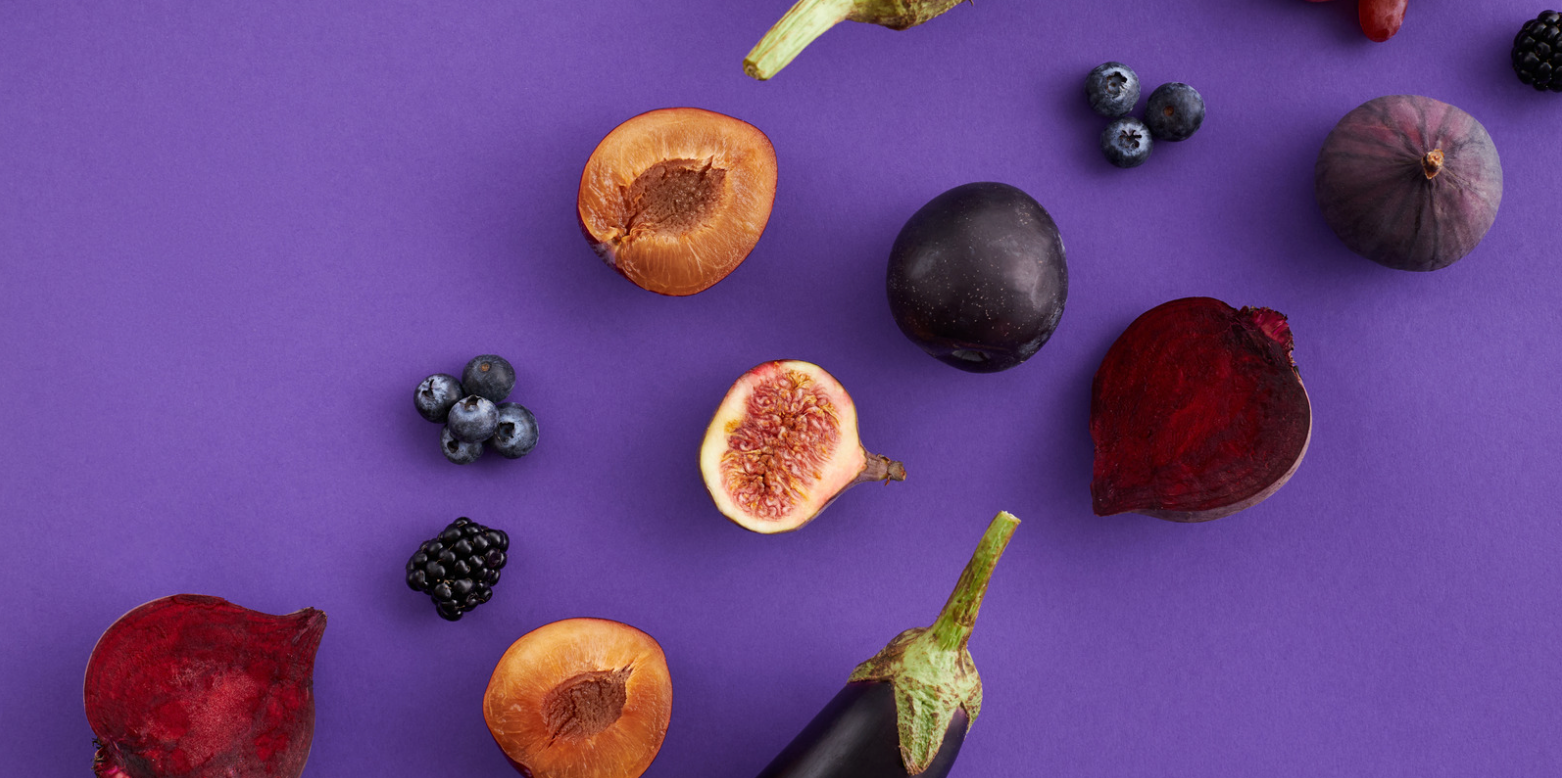News
The Vibrant World of Purple Vegetables
In the realm of fruits and vegetables, nature surprises us with a kaleidoscope of colors. Among these, the regal and captivating hues of purple vegetables stand out. Rich in antioxidants and unique health benefits, purple vegetables have garnered attention from health-conscious individuals seeking to enhance their well-being.
What are Purple Vegetables?
Purple vegetables, as the name suggests, are vegetables that possess a distinctive purple hue. This unique color comes from natural plant pigments called anthocyanins. These compounds not only provide the vibrant purple color but also serve as potent antioxidants, protecting the plant from harmful free radicals. Additionally, anthocyanins have been linked to numerous health benefits, making purple vegetables an excellent choice for those looking to improve their overall well-being.
The Science Behind the Purple
Anthocyanins, responsible for the purple color, also serve as powerful antioxidants within the human body. These compounds help combat oxidative stress, which contributes to chronic diseases such as heart disease, cancer, and neurodegenerative disorders. Moreover, studies have shown that anthocyanins possess anti-inflammatory properties, promote healthy digestion, and support cardiovascular health. By incorporating purple vegetables into your diet, you can harness the potential benefits these compounds offer.
Regenerative Farming and Purple Vegetables
At the heart of the purple vegetable movement lies the philosophy of regenerative farming. Regenerative farming practices focus on restoring and improving soil health while minimizing environmental impact. By utilizing methods such as cover cropping, crop rotation, and composting, regenerative farmers create nutrient-rich soil ecosystems that support the growth of vibrant, healthy crops.
When it comes to purple vegetables, regenerative farming plays a crucial role in their cultivation. These farming practices enhance the quality and nutrient density of the produce, ensuring that purple vegetables retain their vibrant color and maximum nutritional value. By nurturing the soil, regenerative farmers create an environment that allows the vegetables to flourish, resulting in a more sustainable and resilient agricultural system.
A Nutritional Powerhouse
Apart from their stunning appearance, purple vegetables offer a range of health benefits that make them an excellent addition to any menu. Let's explore some of the purple vegetables and their remarkable qualities:
- Purple Cabbage: Packed with vitamins C and K, as well as dietary fiber, purple cabbage supports a healthy immune system, aids digestion, and promotes cardiovascular health.
- Purple Beans: These legumes are an excellent source of dietary fiber, plant-based protein, and essential vitamins and minerals, including folate and iron. Incorporating purple beans into your diet can promote healthy digestion, support muscle growth and repair, and contribute to overall vitality.
- Eggplant: This versatile vegetable contains nasunin, a potent antioxidant that helps protect brain cells. It is also a good source of dietary fiber and contains essential nutrients like potassium and manganese.
- Purple Sweet Potatoes: With their natural sweetness and vibrant purple flesh, these potatoes are rich in antioxidants, vitamins, and minerals. They provide a healthy dose of fiber, vitamin C, and potassium.
- Purple Carrots: In addition to their impressive antioxidant content, purple carrots contain anthocyanins, which support eye health and may reduce the risk of certain cancers.
Try These Purple Vegetable Dishes
When it comes to adopting a healthier lifestyle, purple vegetables offer a delightful and nutritious alternative to traditional produce. Here are a few ideas for incorporating these colorful gems into your menu:
- Roasted Purple Vegetables: Toss a medley of purple vegetables with olive oil, herbs, and spices, then roast them to perfection. This brings out their natural sweetness and intensifies their flavors.
- Purple Vegetable Stir-Fry: Add a pop of color to your stir-fry by incorporating purple vegetables such as cabbage, carrots, and eggplant. Pair them with other colorful vegetables and enjoy a nutrient-packed meal.
- Purple Smoothies: Blend purple vegetables like purple sweet potatoes or purple kale into your favorite smoothie recipes. This adds a boost of nutrition and gives your smoothies an enticing hue.
- Purple Salads: Incorporate purple vegetables into your salads for a vibrant and nutrient-rich bowl of greens. Toss in purple cabbage, radicchio, or thinly sliced purple carrots for added color and health benefits.
Purple vegetables not only add an appealing splash of color to your plate but also provide a wealth of health benefits. With their abundance of antioxidants and unique nutritional profiles, these vibrant gems are a fantastic addition to a health-conscious diet. By supporting regenerative farming practices, we can cultivate these nutrient-dense powerhouses sustainably, benefiting both our health and the environment. So, embrace the purple revolution, and let these remarkable vegetables bring a healthy and delicious twist to your meals.

